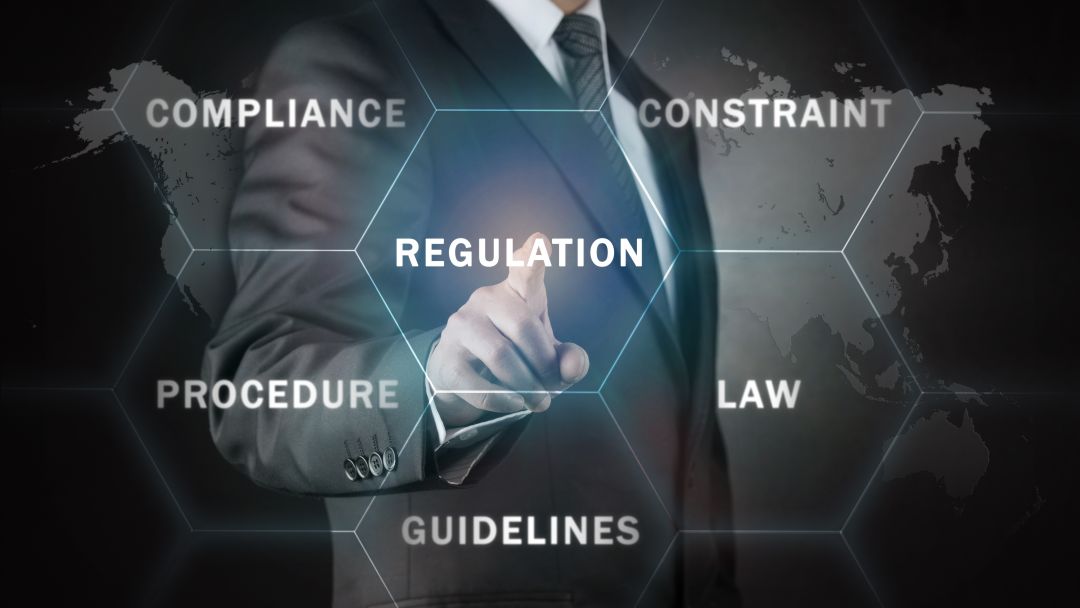Summary of AfPE Guidance on Interpreting Government Guidelines in PESSPA

AfPE has today issued guidance on interpretation of Government Guidelines in a PE context. This, together with changes in NGB Guidelines are summarised below:
General
- It is the responsibility of schools to make judgements, and produce risk assessments (RA) within their own contexts, whilst following Government guidelines
- Responsibility for safe practice lies with employers
- Restoring physical activity is desirable
- There is currently no Government published list of activities which can and cannot be undertaken. Schools must make their own risk assessments, influenced by National Governing Bodies of Sport (NGBs)
- Plans for cleaning, hygiene, distancing and messaging are whole school issues, which should be interpreted within PESSPA context
- All RA should be reviewed and amended to reflect Covid 19 accommodations
PESSPA Specific Guidance
1. PESSPA Learning
- Learning objectives and expectations should be adjusted
- All activities should be non-contact and distanced
2. Protective Measures and Hygiene
- Physical and organisations structures should be reviewed
- All safety measures should be updated and resourced
- Messages should be displayed and a policy established for reinforcement by staff
3. Changing Areas
- Limit use of changing areas, or avoid them
- If used, changing rooms will require enhanced cleaning regimes
- Individual areas should be marked out in changing rooms
4. Teaching Areas
- Each area should have a specific cleaning regime
- Outdoor activity is preferable to indoor activity
- Pupils should work in marked out zones
5. PE Clothing
- Preferable to attend school in PE clothing (rather than change)
- Contingency plans for changing after exercise in bad weather
6. Group Sizes
- Groups should be of reduced size (not more than 15) to accommodate distancing
- Teacher-led activities might better ensure distancing
- Focus on curriculum areas which have lowest risk
7. Social Distancing within Lessons
- Team games involving any contact at all cannot happen
- Each pupil should have their own working zone
- Protocols for exit and entrance to facilities should be established
8. Equipment
- Decisions are required on what equipment can be used, and rest locked up
- Equipment to be used should have an approved cleaning regime
- Equipment sharing should be minimised
- Pupils should have individual equipment, that is not shared
- “Team play which results in sharing of equipment should be avoided”
9. Hygiene
- Opportunities/facilities should exist for washing hands before and after every session
- Protocols for changing room use/toilet access/first aid are required
- All practice should be aimed at reducing transmission possibility
- Clear notices should be displayed outlining procedures
(A recording of the AfPE presentation will be available on the public area of their website)
National Governing Body Updates:A Summary
Following changed Government Guidelines, some NGBs – particularly those governing summer sports – have updated their guidance.
England and Wales Cricket Board(www.ecb.co.uk)
(NB Although this body has jurisdiction over the game in England and Wales, the following amendments do not apply to the latter, where all activity remains suspended)
- “Suspension (of recreational) Cricket remains in place”
- 1:1 Coaching within nets is permitted, with social distancing
- Two players may share a net, if there is no coach
- One free net should be left on each side of ones that are in use
- No indoor Cricket activity is permitted
- Equipment should not be shared
- “No saliva or sweat should come into contact with the ball”
Lawn Tennis Association (www.lta.org.uk)
- Singles games only may be played
- 1:1 coaching is permissible with distancing
- New balls should be used for each lesson (or else dried for 72 hours between usage)
- Only the coach may touch the ball with the hand
- Players should mark their balls and only touch (to serve) their own balls
England Athletics(www.englandathletics.org)
- Group activity should not take place
- One coach may work with one athlete with social distancing
- Two athletes may train together in the absence of a coach, with distancing
- Only running and throwing activities are allowed (no jumps)
- Risk assessments are required for cleaning of equipment